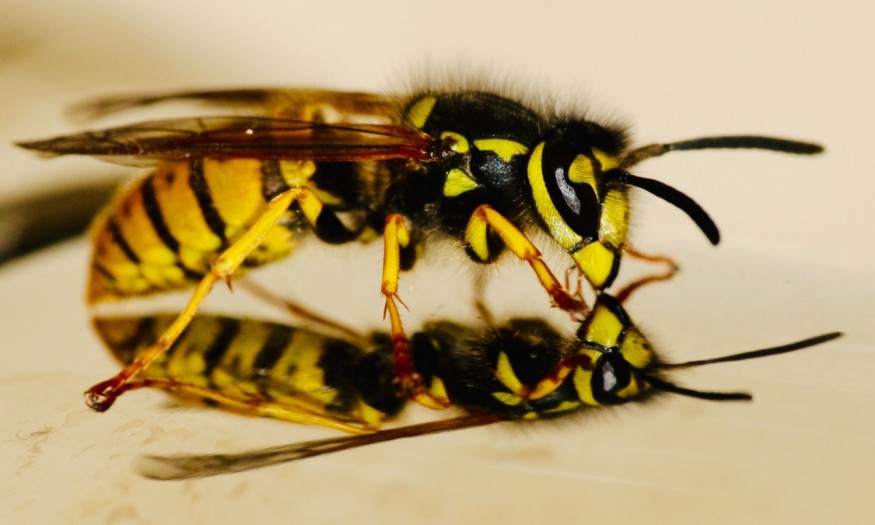Viewers' jaws are dropping after seeing a resurfaced video of a giant parasite being extracted from a hornet. The video, which was uploaded to YouTube in 2019 by a man who successfully removed the parasite, goes viral with 10.3 million views.
The video was upvoted 60,000 times in its most recent posting in the "Unexpected" forum on Reddit.
The doctor who attended to the hornet on the video is "Kurosyamo," the video's owner. In the video, he grasps a hornet between his fingers before extracting the parasite with tweezers.
The parasite identified as a Strepsiptera is described as "free-living and highly mobile" and infiltrates a host by actually entering the body, according to North Carolina State's Department of Agriculture and Life Sciences.
Strepsiptera

Strepsiptera, also known as twisted-wing parasites, live inside bees, grasshoppers, leafhoppers, wasps, and other insects as internal parasites
Wired reported in 2015 that there are approximately 600 species of Strepsiptera. The parasite was described as a small parasite that infects the bodies of various insects, where she patiently waits for the young that fill her body to consume her from the inside out.
Strepsiptera males and females are very different. While male parasites have wings, antennae, mandibles, and large eyes, female parasites are described as "a bag of eggs" with no eyes, antennae, or mouthparts by one University of Oxford entomologist.
Strepsiptera, unlike many parasites, have no interest in keeping their hosts alive for long: they use, abuse, and explode out of their bodies, leaving gaping wounds that have no chance of healing, according to Wired.
A study published in Nature in March 2021 looked at the lifespan of Strepsiptera-infected worker wasps and discovered that the parasite can help spread the parasite by extending their lives.
The study's authors explained that paper wasps infected with the Strepsipteran parasite (Xenos vesparum) avoid all colony tasks, cluster on vegetation where parasite dispersal and mating take place, hibernate, and infect the next generation of wasp larvae.
Researchers discovered that infected overwintering workers had larger bodies than infected workers who died in the summer after measuring a variety of host and parasite traits, Newsweek reports.
The video shows the doctor somehow locating the parasite "inside" the hornet.
He continues his task, explaining that the hornet is harmless, making it possible for him to extract the parasite using a pair of tweezers.
He eventually yanks on the parasite's visible "end," yanking it out of the relaxed hornet's body. The man places the parasite on his finger at the end of the video, allowing viewers to see what the parasite looked like.
Hornets
Hornets are Vespa wasps that are closely related to and look like yellowjackets. Hornets are commonly regarded as pests, especially when they nest near humans because they will aggressively defend their nest if it is threatened. Even though many people are afraid of their sting, hornets usually suffer the most when their nests are poisoned or destroyed. They are protected in some areas, such as Germany, to preserve their ecological role.
Related article : Bees Activate 'Medicinal Properties' Against Parasite Infection During Pollination
© 2025 NatureWorldNews.com All rights reserved. Do not reproduce without permission.





